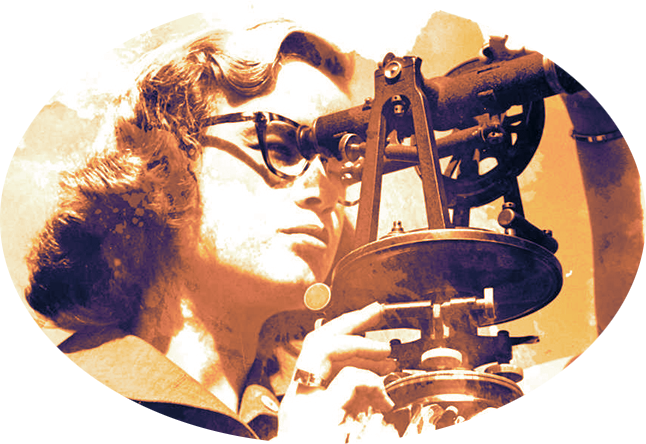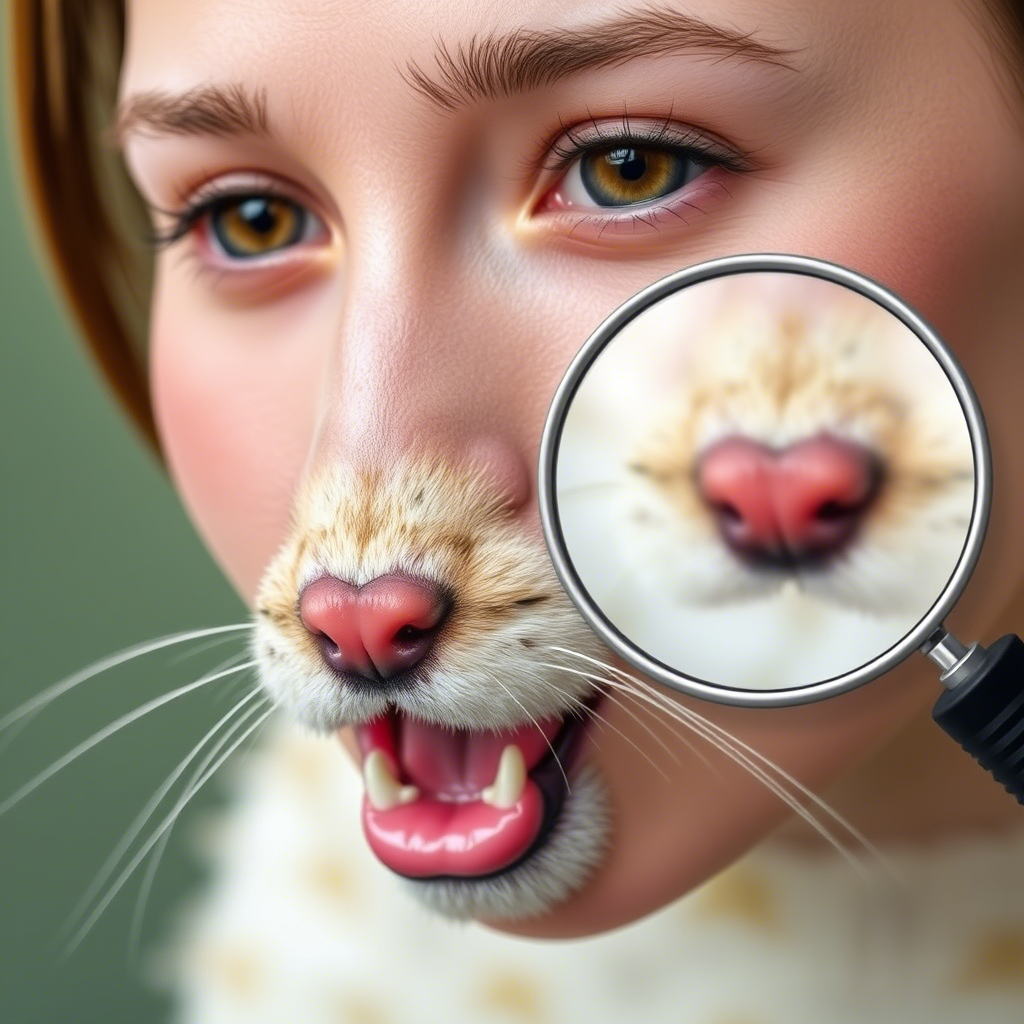Animation and motion graphics are artistic disciplines that combine movement, design, and storytelling to captivate audiences across various media. From their experimental origins in silent cinema to their omnipresence in video games, advertisements, and modern digital interfaces, these forms of visual expression have continually evolved thanks to technological advances. Today, we are witnessing a new era marked by the emergence of artificial intelligence (AI), which is transforming not only how animated content is created but also the very perception of human creativity.
This transformation is particularly visible in sectors such as entertainment, education, data visualization, and digital art. AI, with its subfields like machine learning, deep neural networks, and generative models, is pushing the boundaries of what is possible in terms of visual creation. It now allows for the production of complex animations, photorealistic special effects, and immersive real-time environments while reducing costs and production timelines.
However, this technological revolution also raises fundamental questions about the role of humans in the creative process. While some see AI as a powerful tool to free artists from repetitive tasks and allow them to focus on the narrative and emotional aspects of their work, others worry about the possibility of these technologies replacing human talent. This academic text therefore aims to explore this complex dynamic in depth, examining the technical, artistic, and societal implications of AI in animation and motion graphics.
1. The Origins and Historical Evolution of Animation and Motion Graphics
1.1 The Precursors of Animated Movement
The earliest traces of animation date back to prehistoric times when humans painted narrative sequences on cave walls. These static representations already attempted to capture the idea of movement, thus anticipating the fundamental principles of modern animation. However, it was only with the invention of mechanical devices like the thaumatrope in the early 19th century that the illusion of movement began to take shape in a more concrete way.
The zoetrope , invented by William George Horner in 1834, marks a major turning point in the history of animation. This rotating cylinder equipped with slits allowed viewers to look through drawings arranged in strips inside the drum, creating the illusion of movement through retinal persistence. Later, the invention of the zoopraxiscope by Eadweard Muybridge in 1879 went even further by combining photography and projection to reproduce moving images.
1.2 Cinema and the Birth of Modern Techniques
With the advent of cinema at the end of the 19th century, animation quickly found its place in this new medium. In 1908, Émile Cohl created Fantasmagorie , considered the first animated film. This short film, entirely hand-drawn, highlighted the narrative and experimental potential of animation. Three years later, Winsor McCay created Little Nemo (1911), a groundbreaking work that used an innovative sequential technique to tell a fluid and expressive story.
In the following decades, animation continued to develop through bold experimentation. In Germany, pioneers like Hans Richter, Walter Ruttmann, and Oskar Fischinger explored cinematic abstraction, creating works that combined movement, music, and geometric forms. These artists used artisanal materials such as wax and clay to push the boundaries of traditional animation.
1.3 The Golden Age of Animation and the Advent of Digital Technology
The 1950s-1960s marked a decisive turning point with the introduction of television and film title sequences. Iconic designers like Saul Bass redefined the aesthetic of film titles with works such as that of Vertigo (1958). Meanwhile, Disney produced masterpieces like Cinderella (1950), solidifying its status as a global leader in animation.
In parallel, Japan experienced a similar revolution with the rise of the manga and anime industries. Osamu Tezuka, often called the "God of Manga," drew inspiration from Walt Disney's techniques to create fluid and expressive characters. His enduring influence shaped Japanese animation, which became a global cultural pillar.
Beginning in the 1980s, the arrival of digital technologies radically transformed the landscape of animation. The advent of software like Photoshop and After Effects enabled designers to produce complex animations without relying on traditional paper-based methods. The first fully 3D film, Toy Story (1995), marked a historic milestone, inaugurating a new era dominated by computer-generated imagery (CGI).
2. The Impact of Artificial Intelligence on Animation and Motion Graphics
2.1 The Technological Foundations of AI in Animation
Artificial intelligence has gradually infiltrated the field of animation through significant advances in several subfields. Among them are generative adversarial networks (GANs), latent diffusion models, and natural language processing (NLP) algorithms. Together, these technologies offer unprecedented capabilities for generating high-quality images, videos, and animations.
GANs, introduced by Goodfellow et al. in 2014, rely on two interconnected neural networks: a generator and a discriminator. The generator learns to produce synthetic data resembling real data, while the discriminator attempts to distinguish between the two. This interaction leads to a continuous improvement in the realism of the generated content. For example, applications like MoCoGan HD and StyleGAN2 have enabled the creation of photorealistic animations and convincing CGI characters.
2.2 Practical Applications of AI in the Industry
In the audiovisual sector, AI is now used to create special effects, virtual sets, and even synthetic actors. A notable example is Rogue One: A Star Wars Story , where younger versions of iconic characters were recreated using deep learning algorithms. Similarly, studios like Pixar have adopted AI techniques to tackle complex technical challenges, such as creating the flame character Ember in Elements (2023).
Beyond cinema, AI also finds applications in the production of interactive and multimodal content. Platforms like Runway ML and NVIDIA Picasso allow creators to generate videos from simple textual descriptions or integrate immersive virtual environments into cinematic productions. These tools not only reduce production costs but also open up unexplored creative possibilities.
3. Ethical Challenges and Societal Implications
Despite their many advantages, AI technologies raise important ethical questions. One of the main concerns relates to the risk of replacing human talent with automated systems. While AI can efficiently perform repetitive tasks, it still struggles to replicate the emotional depth and narrative nuance that artists bring to their work.
Moreover, the widespread use of generative models raises issues related to intellectual property and creative responsibility. Who owns the rights to an AI-generated work? How can we ensure that these technologies do not perpetuate existing biases or stereotypes? These questions require deep reflection and appropriate regulation to ensure balanced development within the industry
Conclusion
The integration of AI into animation and motion graphics represents a crucial step in the evolution of these disciplines. While it offers extraordinary opportunities to push the boundaries of creativity and innovation, it also introduces new ethical and practical challenges. To navigate this transition, it is essential for artists, researchers, and policymakers to collaborate in order to maximize benefits while minimizing risks. In the future, animation could become a field where humans and machines coexist harmoniously, each contributing to enriching the other in an unprecedented creative symbiosis.

